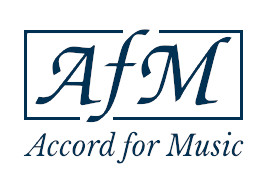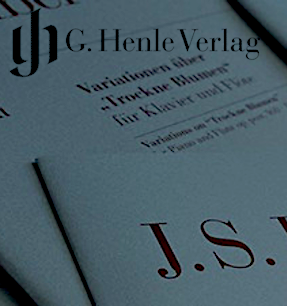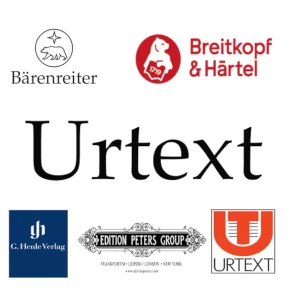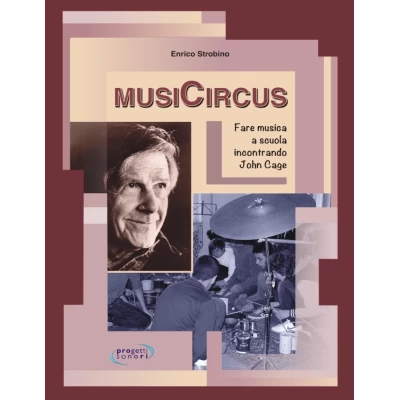Musicircus is a word that John Cage used to indicate both some events in his artistic production and a specific compositional tactic, in which several things happen at the same time, without a preordained relationship between them.
A first Musicircus was created by Cage in 1967 with the aim of collecting all the music that could be found in a specific location. In 1984, in Turin, he created a Musicircus for children in which he brought together 800 children aged between 4 and 12 who, divided into groups, simultaneously sang, played and whistled songs, nursery rhymes and hymns that they already knew, according to a specific order. by Cage; the movement of the various groups allowed the variation of sounds to be perceived by both those listening and those performing.
John Cage's compositional experiences become stimuli for the development of new teaching strategies which, starting from the students' experiences or from commonly used sound materials or from the simple exploration of a specific soundscape, evolve into creative and educational paths that materialize in real and its own concert events in which sounds, voices, silences, gestures, etc. find a logical and expressive coexistence.
Musicircus is divided into 7 sections:
- Noises (the prepared piano, the prepared guitar, the prepared train, etc.);
- Silences (the silent piece, the sounds eaten, recording the silences, etc.);
- Signs (writing music differently than usual, signs and drawings, points and counterpoints, etc.);
- Landscapes (sounds and nature, stones, leaves, jars, glasses, chairs, kitchen music, etc.);
- Voices (music in words, mesostics, traveling with grandfather, etc.);
- Theater (the theater of sounds, collective monologue, growing old, etc.).
Finally we find the chapter Letter to an unknown educator, in which the author proposes a series of considerations on the new horizons of Music Education, on the reasons for Music at school, on the many definitions of Music and on how to best use the numerous proposals of this book.



































